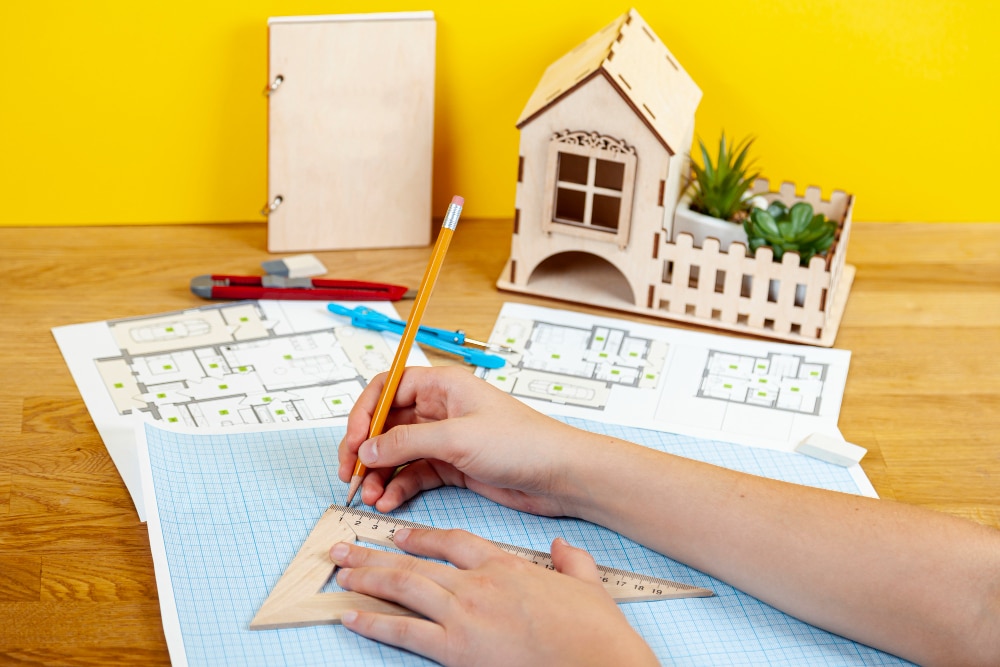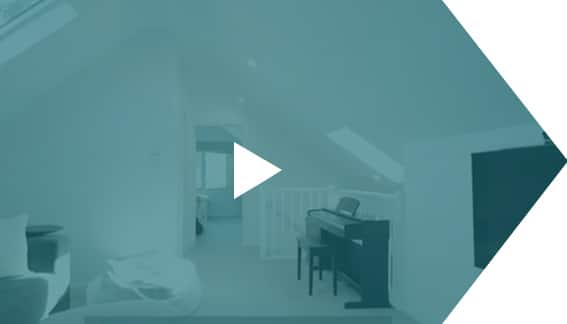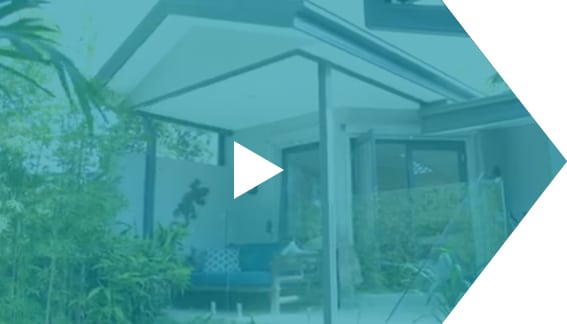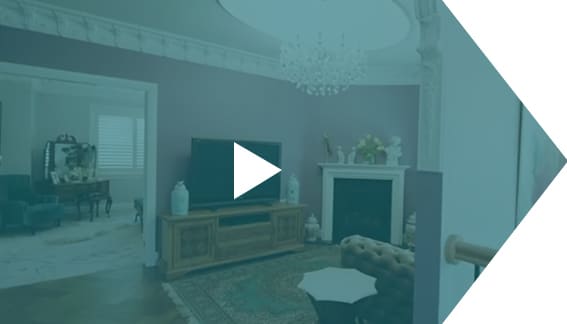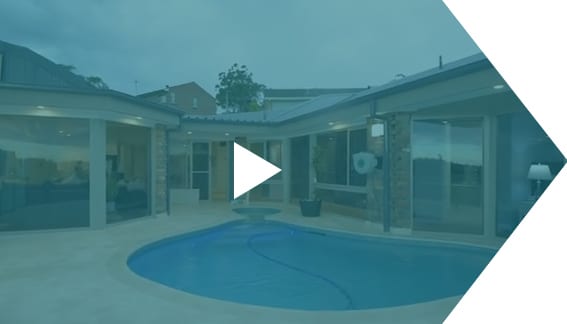When it comes to home renovations, few projects are as transformative as adding a first floor to your existing property. In Sydney, where the architectural landscape is a blend of modern and heritage styles, homeowners are often faced with the challenge of designing a first floor addition that complements the existing aesthetic of their home. Whether you live in a sleek contemporary house or a charming federation home, finding the right balance between modern and heritage design elements is crucial for a successful first floor addition Sydney.
Understanding Sydney’s Architectural Landscape
Sydney is renowned for its diverse architectural styles, from Victorian and Federation homes to mid-century modern and contemporary designs. This rich tapestry of styles provides homeowners with numerous possibilities when planning a first floor addition. However, it also presents the challenge of ensuring that the new addition harmonises with the original structure, enhancing rather than detracting from the home’s character.
Before embarking on your first floor addition in Sydney, it’s essential to understand the architectural style of your home. This understanding will guide your design choices, ensuring that your addition complements the existing structure while adding value to your property.
The Importance of Architectural Harmony
Architectural harmony refers to the seamless integration of a new addition with an existing structure. Achieving this harmony is particularly important in Sydney, where local councils often have strict regulations to preserve the city’s architectural heritage. A well-designed first floor addition Sydney should respect the original architecture, even if you’re introducing modern elements. The goal is to create a cohesive look that enhances your home’s curb appeal and functionality.
Modern Design Considerations for a First Floor Addition Sydney
If your home leans towards a modern architectural style, a first floor addition provides an excellent opportunity to enhance this aesthetic. Modern design is characterised by clean lines, open spaces, and a focus on functionality. Here are some key considerations for incorporating modern design into your first floor addition in Sydney:
1. Open-Plan Living
Modern homes often feature open-plan living spaces that promote a sense of flow and connection between different areas of the house. When adding a first floor, consider designing an open-plan layout that connects the new spaces with the existing ground floor. This approach not only maximises space but also creates a contemporary, airy feel.
2. Minimalist Aesthetics
Minimalism is a hallmark of modern design. To achieve this look in your first floor addition, focus on simplicity and functionality. Opt for neutral colour palettes, sleek finishes, and uncluttered spaces. Large windows and sliding glass doors can also enhance the minimalist aesthetic by allowing natural light to flood the space.
3. Sustainable Design
Sustainability is a key consideration in modern architecture. When planning your first floor addition in Sydney, consider incorporating sustainable materials and energy-efficient features. This could include using recycled materials, installing solar panels, or incorporating passive solar design principles to reduce your home’s environmental impact.
Heritage Design Considerations for a First Floor Addition Sydney
For homeowners with heritage properties, designing a first floor addition requires a delicate balance between preserving the historical integrity of the home and incorporating modern amenities. Here are some tips for achieving this balance:
1. Respecting Original Features
Heritage homes are defined by their unique architectural details, such as ornate cornices, decorative timberwork, and leadlight windows. When adding a first floor, it’s important to preserve these features and incorporate them into the new design. This could involve replicating original details in the new construction or using materials that match the existing structure.
2. Sympathetic Design
A sympathetic design approach involves creating a first floor addition that blends seamlessly with the original structure. This can be achieved by matching the roofline, materials, and window styles of the existing home. In Sydney, many councils require that additions to heritage properties are designed in a way that is sympathetic to the original architecture, so it’s important to consider these requirements during the planning stage.
3. Modern Conveniences with Heritage Charm
While it’s important to respect the historical integrity of your home, a first floor addition also provides an opportunity to introduce modern conveniences. Consider incorporating contemporary features such as ensuite bathrooms or walk-in wardrobes, but ensure that these additions are designed in a way that complements the overall heritage aesthetic.
Blending Modern and Heritage Elements in Your First Floor Addition
For many homeowners in Sydney, the ideal first floor addition is one that blends modern and heritage elements to create a unique, timeless design. Here are some strategies for successfully combining these two styles:
1. Transitional Design
Transitional design is all about finding the balance between traditional and contemporary elements. In the context of a first floor addition, this could involve using traditional materials like timber or stone in a modern, minimalist design. The result is a space that feels both current and connected to the past.
2. Contrasting Textures and Materials
Another approach is to use contrasting textures and materials to highlight the differences between the old and new parts of the home. For example, you could pair a sleek, modern glass extension with the original brickwork of a heritage home. This contrast can create a striking visual effect while still maintaining a sense of cohesion.
3. Cohesive Colour Palettes
Colour is a powerful tool for creating a cohesive look in your first floor addition. When blending modern and heritage elements, consider using a cohesive colour palette that ties the different styles together. For example, you could use neutral tones for the modern elements and incorporate accents that match the original features of the home.
Navigating Sydney’s Planning Regulations
One of the most important considerations when planning a first floor addition Sydney is navigating the local planning regulations. Sydney’s councils have specific guidelines for home renovations, particularly for properties in heritage conservation areas. These regulations often dictate aspects of the design, such as height restrictions, setback requirements, and the materials you can use.
Before you begin your project, it’s essential to consult with a professional architect or builder who is familiar with Sydney’s planning regulations. They can help you design a first floor addition that meets the necessary requirements while still achieving your vision.
FAQs About First Floor Additions Sydney
Q: How much does a first floor addition in Sydney typically cost? A: The cost of a first floor addition in Sydney can vary widely depending on the size of the addition, the materials used, and the complexity of the design. On average, you can expect to pay between AUD 150,000 and AUD 350,000. It’s important to budget for both the construction costs and any additional expenses, such as planning approvals and architect fees.
Q: Do I need council approval for a first floor addition in Sydney? A: Yes, most first floor additions in Sydney require council approval. The specific requirements can vary depending on the local council and the property’s location, particularly if the home is in a heritage conservation area. It’s essential to consult with a professional who can guide you through the approval process.
Q: How long does it take to complete a first floor addition? A: The timeline for a first floor addition can vary depending on the size and complexity of the project. On average, the process can take anywhere from six to twelve months, from the initial planning stages to the completion of construction.
Q: Can I live in my home during the construction of a first floor addition? A: In many cases, you can remain in your home during the construction of a first floor addition. However, there may be periods when it’s more practical to move out, particularly during the more disruptive stages of construction. It’s important to discuss this with your builder to make the necessary arrangements.
Q: How do I choose the right builder for my first floor addition in Sydney? A: Choosing the right builder is crucial for the success of your project. Look for a builder with experience in first floor additions, particularly in your area of Sydney. It’s also important to check their credentials, ask for references, and ensure they have a clear understanding of your vision for the project.
Conclusion
A first floor addition is a significant investment in your home’s future, offering additional space and enhancing its value. In Sydney, where the architectural landscape is a blend of modern and heritage styles, the key to a successful first floor addition lies in designing an addition that complements your home’s existing aesthetic. Whether you choose a modern, heritage, or blended approach, careful planning and attention to detail will ensure that your first floor addition Sydney not only meets your needs but also enhances the overall character and charm of your home.
Call us today on 02 97363344 or contact us online for a free consultation.

